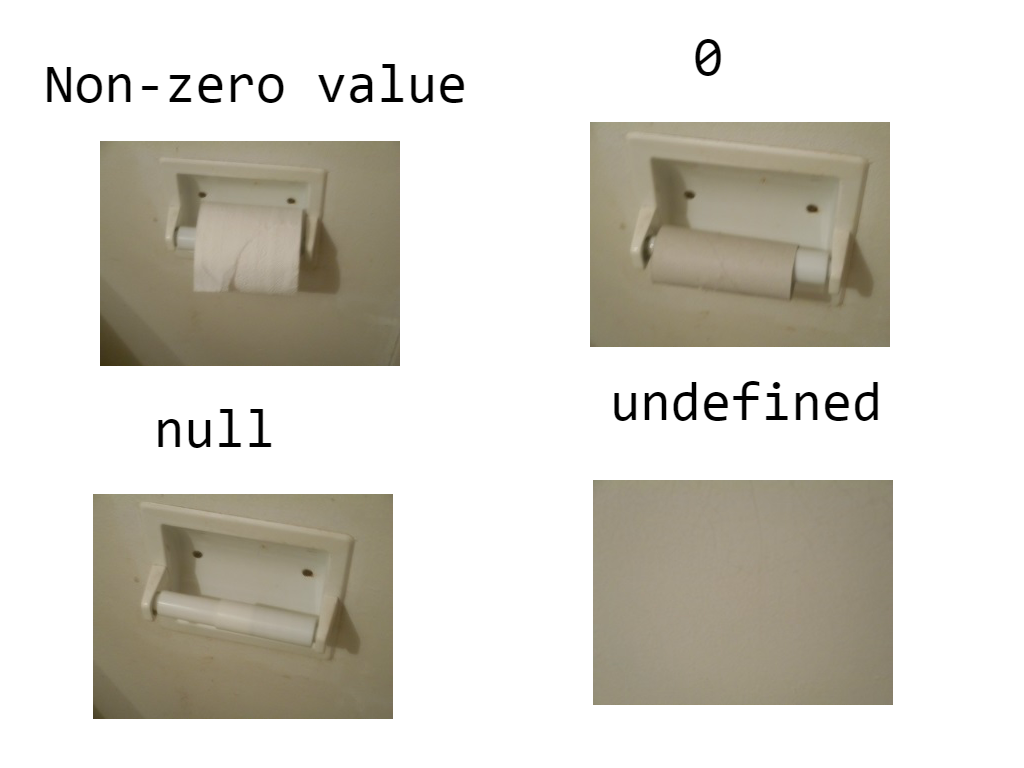Data Types
There are several types of data you may encounter in JavaScript.
Primitives
- Boolean: Can only have a value of
trueorfalse. You may sometimes use a boolean as a "flag" for turning functionality on or off. - String: Used to store text information, this is a set of characters.
- Number: Numerical information. Technically there are limits to how large or small of a number can safely be stored in a Number value, but it is unlikely you will encounter those limits during bootcamp.
- BigInt: Used for numbers beyond the safe size limits of a Number. You will not need this during bootcamp (or maybe ever).
- Undefined: This value has not been set. No information is available.
- Null: An explicit way to signify that a value is empty.
- Symbol: A special built-in object that is guaranteed to be unique. You will not need these for bootcamp (or maybe ever).

Objects
- There are many types of data in JavaScript which are Objects, including Dates, Sets, WeakMaps and more. However, the main types that you'll use in bootcamp include:
- "Normal" objects: Constructed of "key-value pairs" describing the properties of an object. An object begins and ends with curly braces, and key-value pairs are separated by commas. Values can be of any type. For example, an object representing a person might look like
{name: 'Hercules',age: 18,todo: ['muck stables', 'slay hydra', 'get girdle']}- Array: A set of elements separated by commas. Elements of an array are often of a similar type and structure to each other. Begins and ends with square brackets. For example
[1, 3, 5, 7]['do', 're', 'mi', 'fa', 'sol', 'la', 'ti', 'do']
Resources
The Mozilla Developer Network has a really good explanation of JavaScript data types.